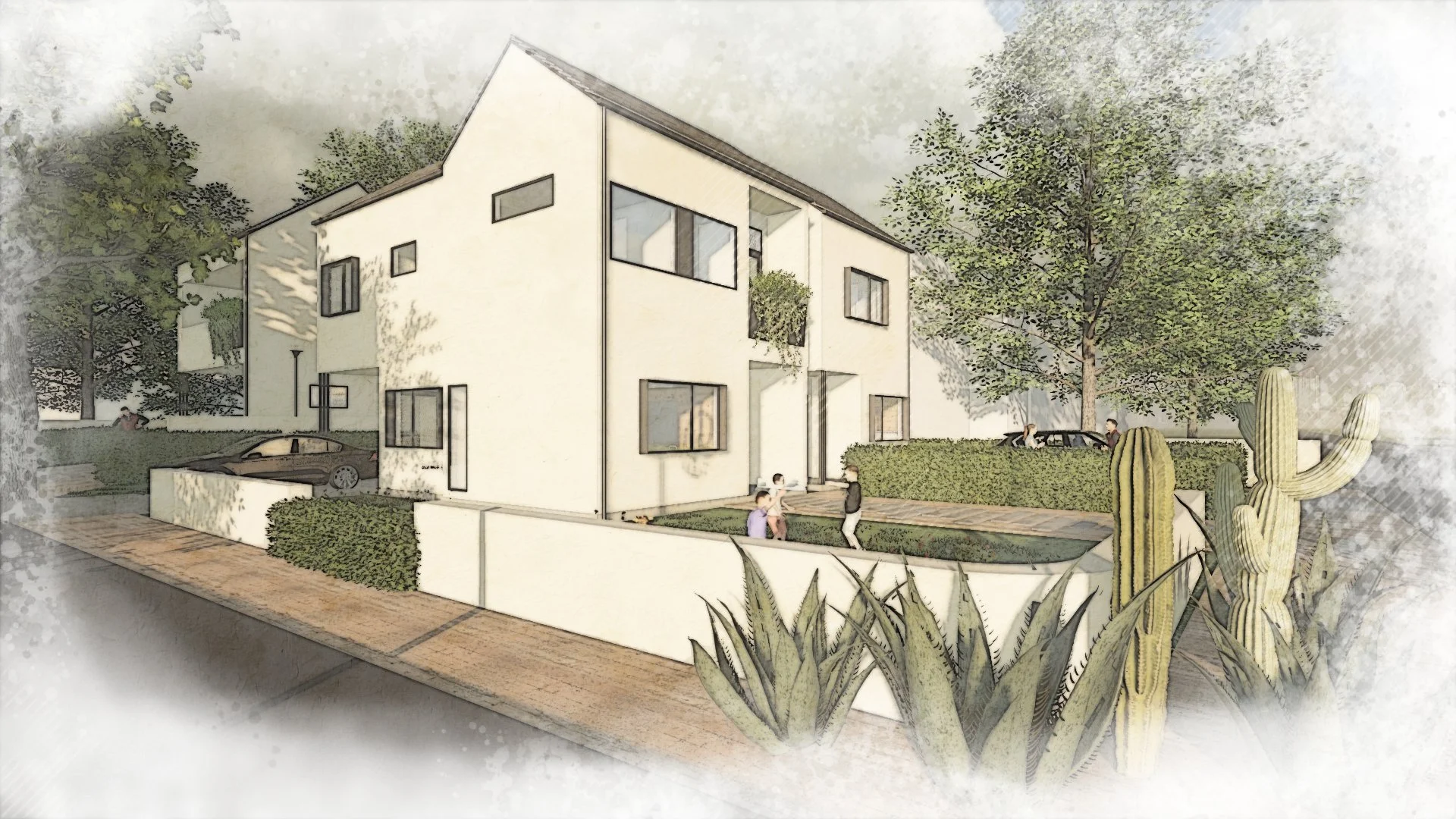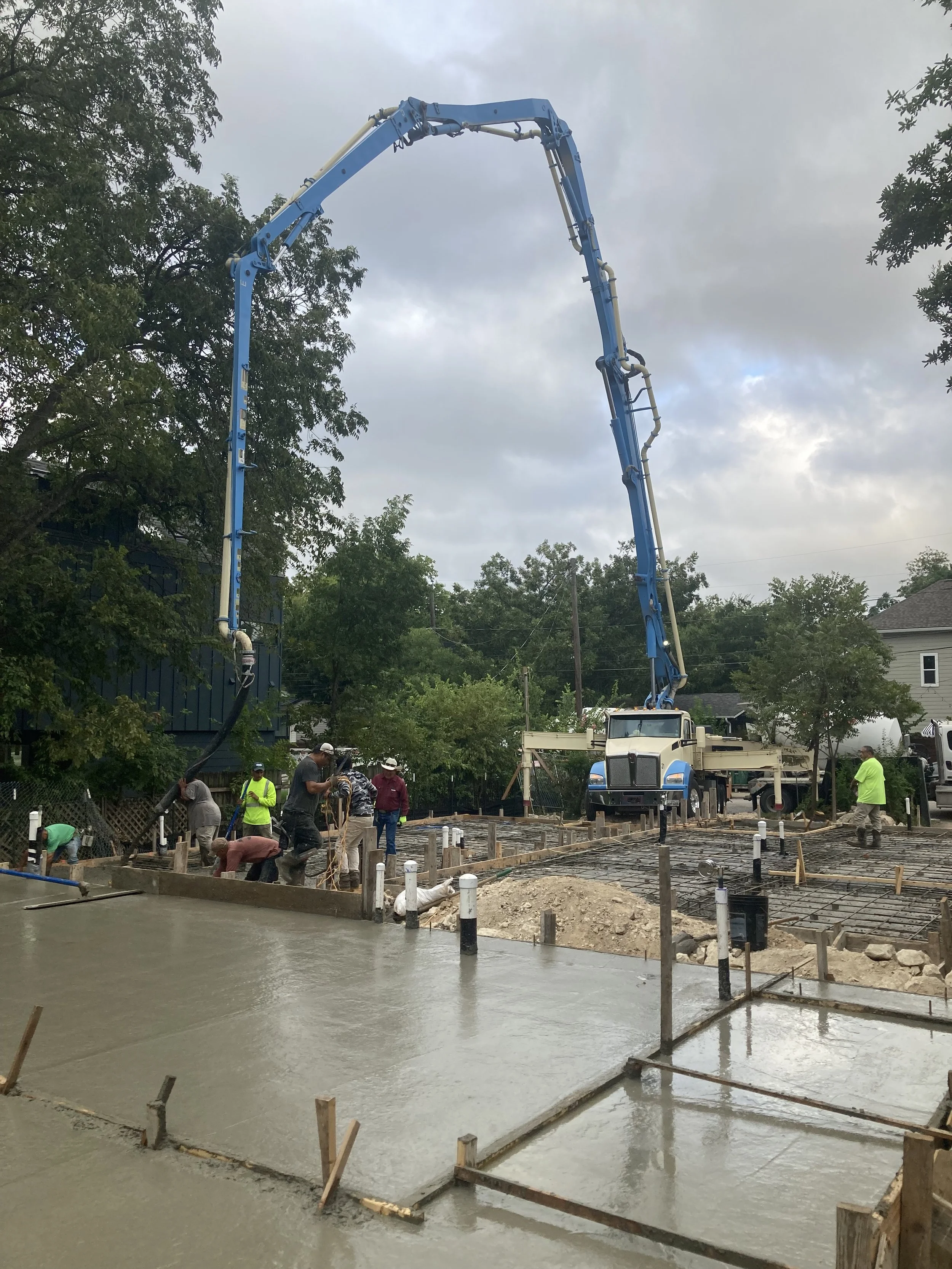In the world of architecture, there is a growing trend of architects stepping into the role of developers. These architect-developers combine the creative vision of design with the practical and financial acumen required for development, leading to projects that are not only aesthetically compelling but also economically viable and socially meaningful. This fusion of roles allows architects to manage projects more holistically, ensuring that every aspect of a development aligns with a cohesive vision.
Notable Examples of Architect-Developers
Architect-developers are not new, but their impact is increasingly recognized in the industry. Notable examples include Jonathan Segal, a prominent architect-developer based in San Diego, who is known for his urban infill projects that prioritize sustainable design and thoughtful urban integration. Another example is ODA’s Eran Chen, who has successfully bridged the gap between architecture and development, creating projects that are both innovative and sensitive to their urban contexts.
These architects have demonstrated that by taking control of the development process, they can push the boundaries of traditional architectural practice, leading to projects that are more responsive to the needs of the community and the environment.
The Benefits of Being an Architect-Developer
The dual role of architect-developer offers several significant benefits:
1. Creative Control: By being involved in both the design and development phases, architects can ensure that their vision is realized without compromise. This creative control allows for more innovative and cohesive designs that might not be possible when working within the constraints of a traditional developer-client relationship.
2. Financial Acumen: Architect-developers gain a deeper understanding of the financial aspects of projects, from budgeting and financing to market analysis and return on investment. This knowledge enables them to create designs that are not only beautiful and functional but also financially sound.
3. Holistic Project Management: Managing a project from inception to completion allows architect-developers to oversee every detail, from site selection and design to construction and marketing. This holistic approach ensures that the project remains true to its original vision and that all elements are aligned with the overall goals.
Building Meaningful Spaces and Combatting the Soulless Built Environment
For architect-developers like myself, the goal is not just to create buildings but to craft meaningful spaces that enrich people’s lives. In a world where many developments are driven solely by profit, resulting in soulless environments that lack character and connection, architect-developers have the opportunity—and responsibility—to create spaces that foster community, connection, and a sense of place.
My own values are deeply rooted in the belief that architecture should be more than just a physical structure; it should be a catalyst for positive change. By taking on the role of developer, I can ensure that every project I undertake reflects these values, from the initial design concept to the final built form. This approach allows me to create spaces that are not only functional and sustainable but also emotionally resonant and meaningful for those who inhabit them.
Holistic Project Management: The Architect-Developer’s Edge
Architect-developers bring a unique perspective to project management, one that is informed by both design expertise and a deep understanding of the development process. This holistic approach is characterized by several key skills:
1. Visionary Thinking: Architect-developers must be able to envision the potential of a site or project, seeing opportunities that others might overlook. This visionary thinking is crucial in identifying sites that are ripe for development and in creating designs that maximize the potential of the project.
2. Financial Literacy: Understanding the financial aspects of development is essential for architect-developers. This includes knowledge of real estate markets, financing options, construction costs, and economic feasibility. Financial literacy enables architect-developers to create projects that are not only architecturally innovative but also economically viable.
3. Collaborative Leadership: Architect-developers must be skilled in leading multidisciplinary teams, including architects, engineers, contractors, and marketers. Effective collaboration ensures that all aspects of the project are aligned and that the final result meets the original vision.
4. Sustainability and Social Responsibility: Architect-developers have the opportunity to integrate sustainable practices and social responsibility into their projects. This includes everything from selecting environmentally friendly materials to creating spaces that promote social interaction and community engagement.
Conclusion: The Future of Architect-Developers
As the role of architect-developers continues to evolve, their influence on the built environment is likely to grow. By combining the creativity of architecture with the pragmatism of development, architect-developers have the potential to shape the future of our cities in profound ways.
For those of us committed to building meaningful spaces, the architect-developer model offers a powerful framework for creating projects that are not only economically successful but also deeply connected to the communities they serve. By embracing this dual role, architects can ensure that their designs contribute to a more vibrant, sustainable, and human-centered built environment.



